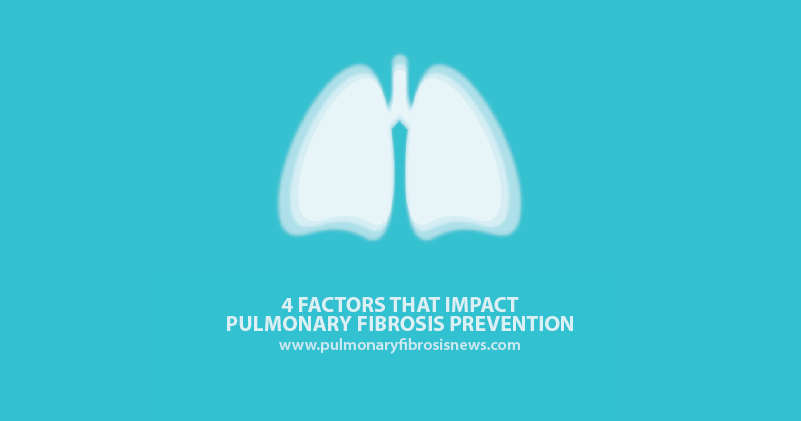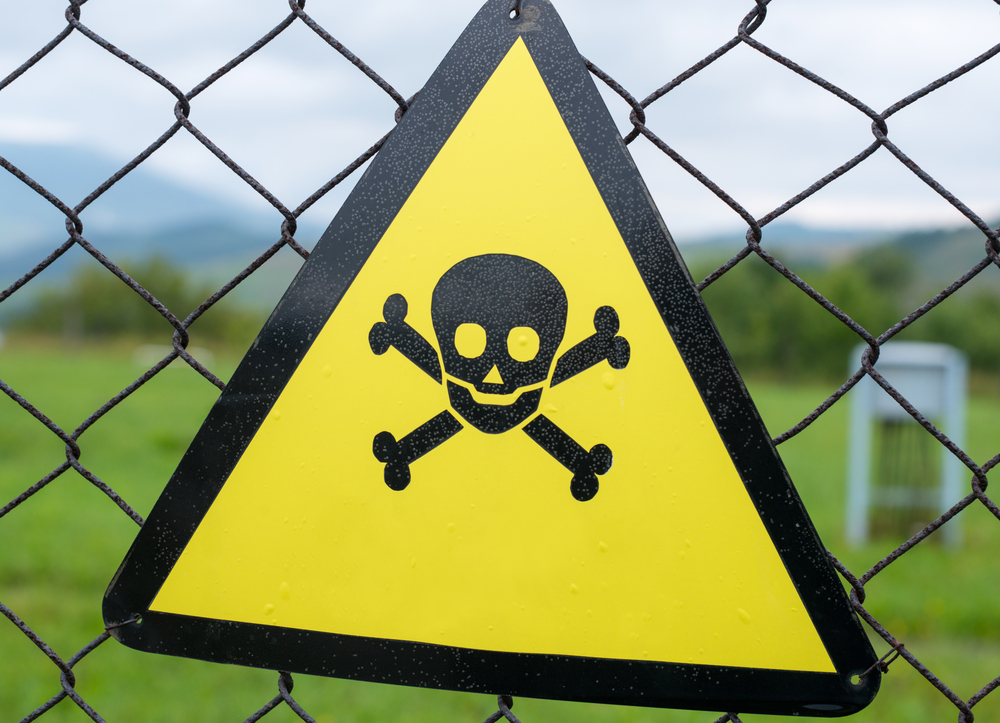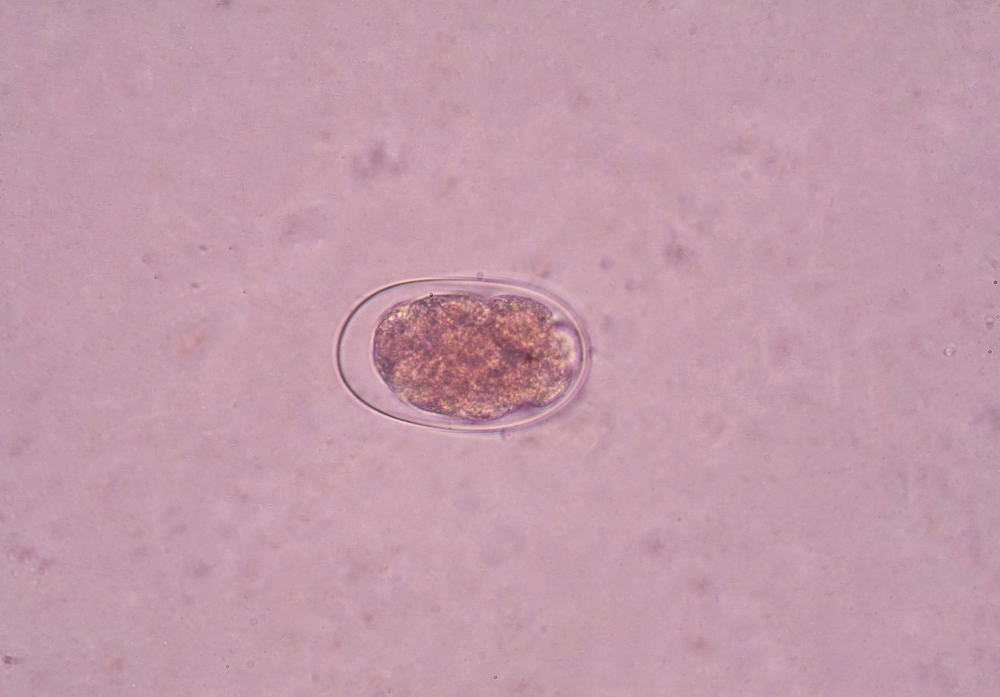4 Factors that Impact Pulmonary Fibrosis Prevention

Pulmonary fibrosis (PF) is a respiratory disease where lung tissue becomes hardened, which eventually turns into scar tissue (a.k.a. fibrosis). Unfortunately, there aren’t any existing strategies to prevent PF, but there are a number of factors that affect your PF risk.

Smoking: Like with many respiratory diseases, smoking plays a key role in the development of pulmonary fibrosis. Therefore, quitting smoking as soon as possible lowers the risk of developing the disease.

Toxins: People should also take care not to be exposed to other toxins, such as asbestos and bird and animal droppings, and to use a mask when necessary to eliminate the risk of exposure.
MORE: Caregiver to a PF patient? Here are three useful resources.

Genetics: As genetics play a role in the development of PF, patients can undergo tests to find out if they are susceptible to the disease.

Infections: Certain factors, such as viral infections, are unavoidable. In the case of exposure to viral infections, taking chemotherapy drugs such as methotrexate (Trexall) and cyclophosphamide (Cytoxan), heart medication like amiodarone (Cordarone, Nexterone, Pacerone), and propranolol (Inderol , Innopran), or antibiotics such as nitrofurantoin (Macrobid, Macrodantin, and others) and sulfasalazine (Azulfidine), and being aware of any possible symptoms are both key..
MORE: IPF symptoms to look out for.
Pulmonary Fibrosis News is strictly a news and information website about the disease. It does not provide medical advice, diagnosis, or treatment. This content is not intended to be a substitute for professional medical advice, diagnosis, or treatment. Always seek the advice of your physician or other qualified health provider with any questions you may have regarding a medical condition. Never disregard professional medical advice or delay in seeking it because of something you have read on this website.







